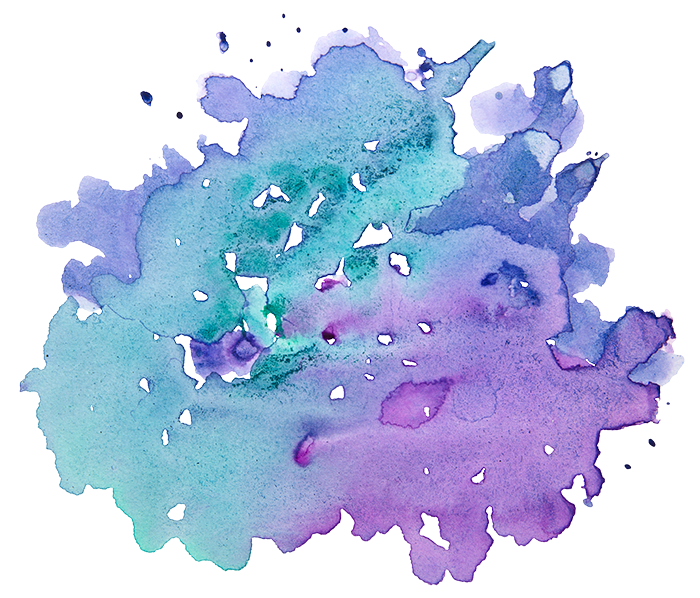I generally don’t speak much about mikveh. An intimate aspect of life, practiced in almost total privacy, the topic doesn’t lend itself to much conversation. Now, on occasion of Mayyim Hayyim’ tenth anniversary celebration, I’ll open up, using the opportunity to reflect on why I miss it so much since I moved from Boston last summer.
I begin with an incident that unfolded a few days after my husband and I – then newlyweds – returned home from a long travel-adventure. My thick hair was set in rows of beautiful braids, each one tied at the end with three plastic beads that clinked gently when I moved. I was about to part with them because it was time for my monthly immersion in the mikveh.
Two women had spent hours creating that hair-do for me one muggy night shortly before we left Bangkok to return home. Their fingers were nimble, and they worked quickly, but multi-tasking took its toll. Between braids they were also tending to their other stand; a pastry cart, where they fried crepe-like treats for a steady-stream of backpacker tourists.
“I don’t want to take them out,” I complained to my husband back at home. I loved the braids almost as much as the memories of our travel woven into them. “So don’t,” he responded.
But I didn’t have a choice. Right? I knew the rules – the halachah: Anything that prevents full contact with the mikveh water is a hatzizah – a barrier that invalidates the immersion; dirt on the skin, hanging cuticles, contact lenses, knots in the hair. A mass of colorful beads dangling from scores of braids. . . Those could not go into the water.
Still, Moshe raised his shoulders as though to say, “If you don’t want to take them out, then why would you?” Years later, I recall my troubling response. “The Mikveh Lady won’t let me.”
Later that evening I immersed my smooth hair, and when I emerged the Mikveh Lady pronounced, “Kasher.” To this day, I am not sure why I removed the braids. Was it because I had consciously decided to observe the halachah? Or was it on account of the Mikveh Lady?
Until I began to frequent Mayyim Hayyim, I re-visited this same sort of dilemma each time I went to the mikveh. Some Mikveh Ladies are demanding (taking my hands to inspect my nails without asking), while some are kind, gently asking whether I might like their help to ensure that I am hatzizah-free. Regardless, the very nature of our fleeting-relationship is a hierarchical one because the Mikveh Lady has the authority to let me in, or not. She holds the key to permit or deny access to this most private religious act. What would I have done about my braids if I had not had to consider the gatekeeper? I can never know. That is disconcerting.
I – and I alone – had chosen to immerse that night. Yet, the very nature of the Mikveh Lady’s position removes women’s agency in decisions about how, in what way, and with what sort of attention to detail. So after our immersions we are left to wonder: Was this intimate mitzvah mine? Or hers?
That question does not present itself at Mayyim Hayyim, where there are no Mikveh Ladies. There are only guides. Each guide makes it clear – through her body language and through her words – that the mitzvah does not belong to her. Her purpose is assist with the woman’s immersion (or not) in whatever way she herself chooses.
It has been almost a year since I’ve moved. Now, hundreds of miles away from Mayyim Hayyim, I struggle with the sense that someone (no matter how kind she is) holds the authority to let me into the mikveh here (or not). I usually don’t tell people this when they ask me what I miss about Boston, but since I’m being frank about intimate matters: What I long for here is a guide.
Alanna E. Cooper, Ph.D., cultural anthropologist and adult educator, is the Director of Jewish Studies at Case Western Reserve University’s Siegal Lifelong Learning Program. She became interested in women’s lifecycle rituals while conducting field research in Central Asia, and has written about them in her book, Bukharan Jews and the Dynamics of Global Judaism. See her recently-published article in Lilith Magazine about how she re-casted upsherin, the traditional boy’s coming-of-todderhood ceremony, for her three girls. http://lilith.org/articles/a-little-girls-first-haircut


